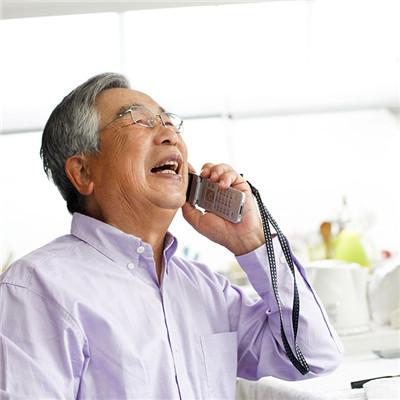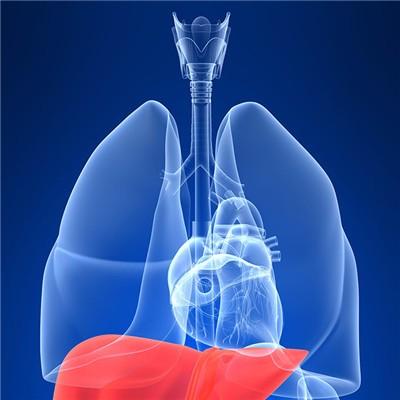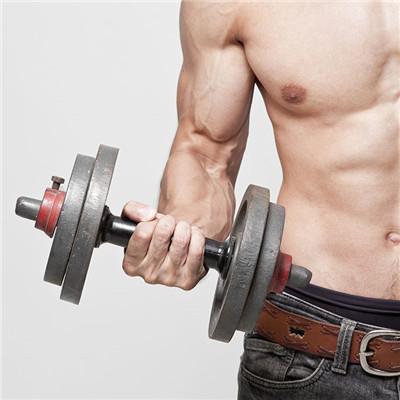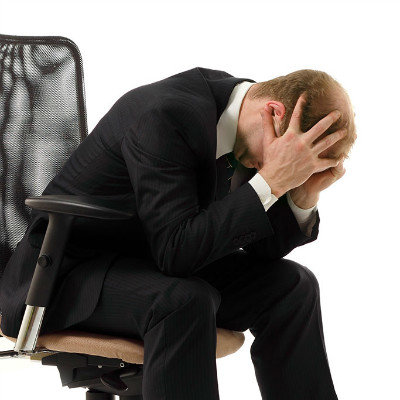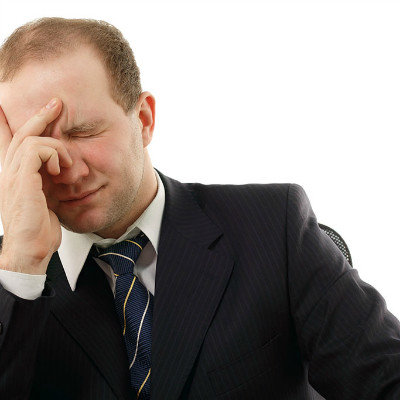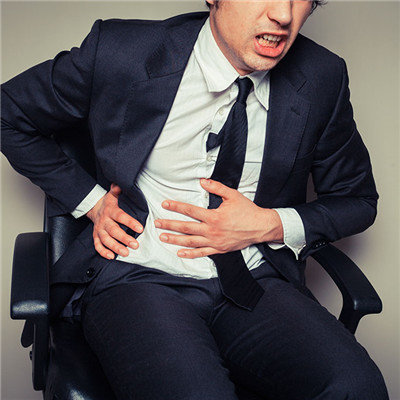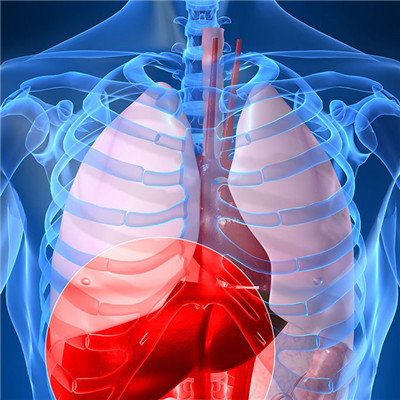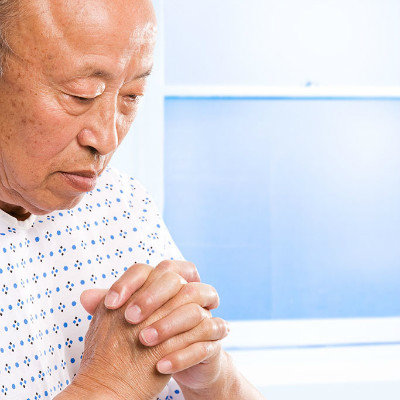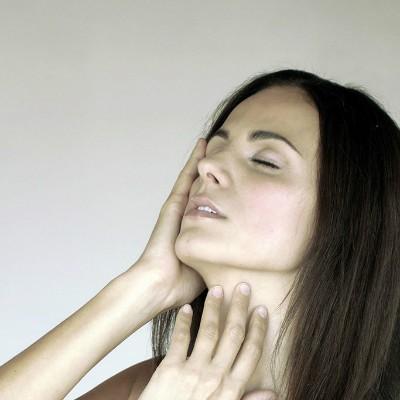Head bone hyperplasia symptom?
summary
Hyperosteogeny usually occurs above middle age. It is generally believed that due to physical weakness and degenerative changes after middle age; When standing or walking for a long time or holding in a certain position for a long time, due to muscle traction or avulsion, bleeding, hematoma organization, the formation of spiny or lip like bone hyperplasia; Bone spurs cause mechanical stimulation to soft tissue and injury, bleeding and swelling of soft tissue after trauma. Head bone hyperplasia symptom? Let's talk about it.
Head bone hyperplasia symptom?
Cervical vertebra hyperosteogeny: cervical vertebra 4, 5, 6 vertebra are the most common. If hyperosteogeny occurs in cervical vertebra, bone spur compression of blood vessels directly affects blood circulation, showing a variety of manifestations. There are mainly back pain, upper limb weakness, finger numbness, dizziness, nausea and even blurred vision, swallowing fuzzy. If the spine extends into the spinal canal to compress the spinal cord, it can also lead to walking instability, paralysis, limb numbness, incontinence and other serious consequences.
Lumbar hyperosteogeny: Lumbar 3, 4, 5 vertebral body is the most common. Clinical often appear lumbar and lumbar soft tissue pain, distending pain, stiffness and fatigue, and even limited bending. If the adjacent nerve root is compressed, it can cause corresponding symptoms, such as local pain, stiffness, posterior root neuralgia, numbness, etc. If the sciatic nerve is compressed, it can cause pain in the buttocks, the back of the thighs, the posterolateral side of the legs and the lateral side of the feet, and severe numbness, burning pain, pumping pain, string pain, and radiation to the whole lower limb.
Nerve root symptoms: neck, shoulder, hip, wrist pain and radiation pain. And the range is consistent with the area innervated by cervical spinal nerve. In severe cases, neck movement is limited, especially in extension and rotation.
matters needing attention
To avoid long-term strenuous exercise, long-term, excessive and strenuous exercise or activity is one of the basic causes of bone hyperplasia. Especially for heavy-duty joints (such as knee joint and hip joint), excessive movement increases the stress on the joint surface and aggravates the wear. Long term strenuous exercise can also make the bone and surrounding soft tissue excessively stressed and stretched, resulting in local soft tissue damage and uneven stress on the bone, leading to bone hyperplasia. On the contrary, proper physical exercise is one of the good ways to prevent bone hyperplasia. Because the nutrition of articular cartilage comes from the synovial fluid, and the synovial fluid can enter the cartilage only by "squeezing" to promote the metabolism of cartilage. Appropriate exercise, especially joint movement, can increase the pressure in the joint cavity, which is conducive to the infiltration of joint fluid into cartilage, and reduce the degenerative changes of articular cartilage, so as to reduce or prevent bone hyperplasia, especially the proliferation and degenerative changes of articular cartilage. Therefore, the method of rehabilitation of hyperosteogeny is exercise, and the significance is to eliminate or reduce the pain of hyperosteogeny and the resulting dysfunction, to maximize the recovery of their ability to live and work, and to improve and improve the quality of life of patients.

